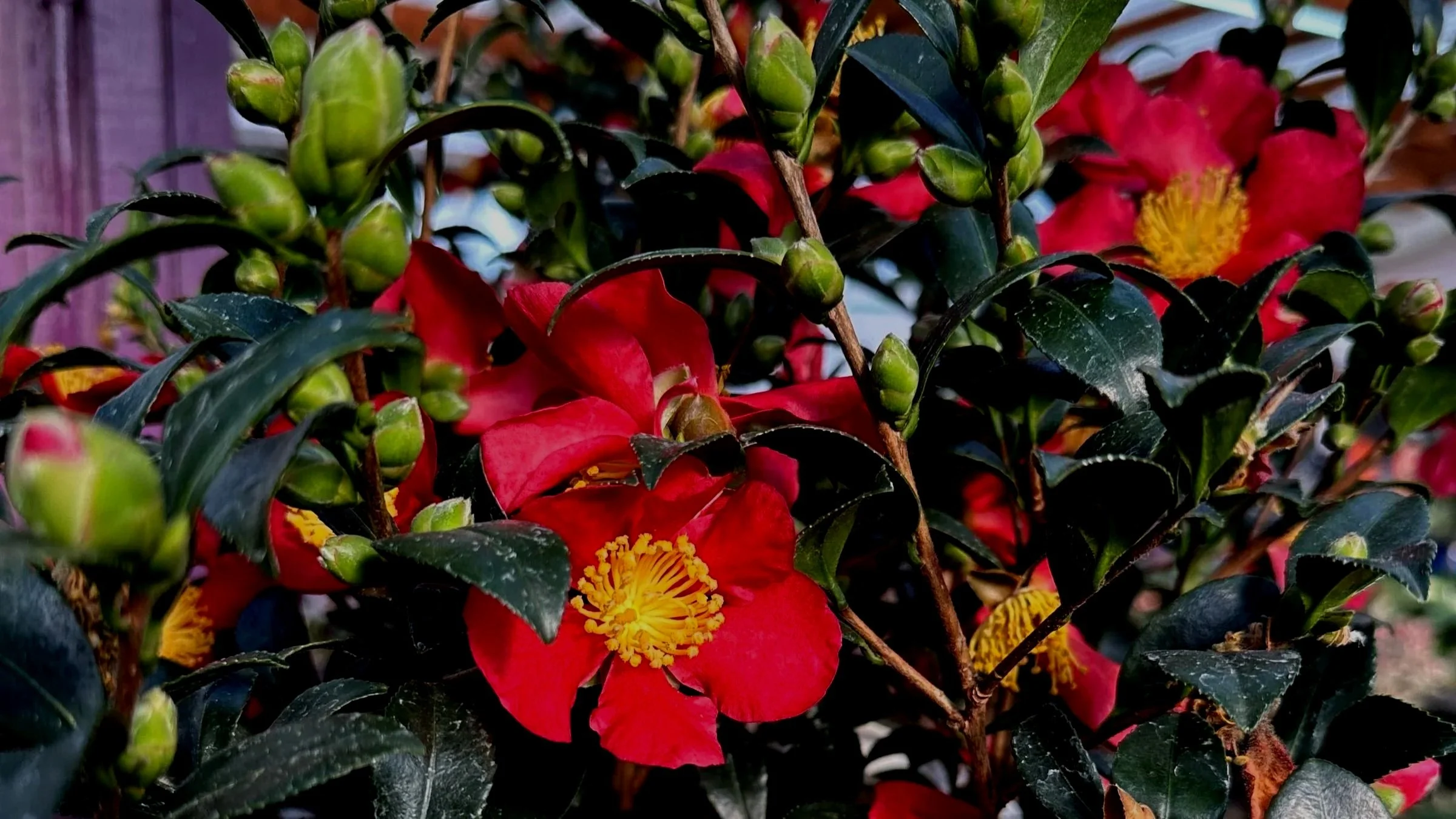First off, let me just say that lawns, in and of themselves, are not the Evil Empire that some people would like us to believe. If cared for in an environmentally responsible manner, they are actually a benefit in that they act as a bio-filter, can minimize erosion, and will reduce the temperature around our houses. They require only around an inch of water a week during the summer, which is no more than a person would apply to their mixed shrub and perennial borders. And, with the advent of modern battery powered lawn care equipment, they can be cut and trimmed without carbon emissions.
In the “old days” lawns were the main focus of a landscape and were bordered by modest plantings of shrubs and trees. Over time lawns have shrunk and been replaced with more generous plantings of shrubs, trees, and perennials. This is a good thing in that the increased diversity of plant material is better for the wildlife, especially pollinators. In my new garden I have a small patch of lawn of only 400 square feet. I keep it mowed at the highest setting on the mower (which is battery powered of course), which pretty much eliminates any weed issues. I fertilize it three times a year with an organic fertilizer and water it once a week. There is no need to apply insecticides, herbicides, or fungicides. It is lush, inviting and the envy of the neighborhood. In my opinion, that is how a lawn should be maintained. But it is never that simple, is it.
The problem with lawns is that they are often an afterthought in the grand scheme of building and landscaping and are forced to grow on 2 inches of lifeless manufactured topsoil, spread over hardpan like frosting on a cake. The root systems are consequently stunted, requiring frequent watering and fertilizing, and are susceptible to disease and insects. The only long-term solution is to dig it all up and amend the soil with organic matter 6 to 8 inches down. This is an expensive and laborious process, but in the end, actually makes caring for the lawn easier and cheaper.
If you are not obsessed with the “perfect” lawn, simply apply a generous amount of organic fertilizer, add water, and let whatever constitutes your lawn to start growing. After 3 to 4 weeks it will be time to mow again, so make sure your mower blade is sharp and on its highest setting (3 inches seems to be ideal) and mow away. Sometime in November make one more application of fertilizer and you should be good to go until spring.
For the more OCD gardeners, fall lawn care can include any or all of the following: aerating, dethatching, scalping, over-seeding, liming, and treating for insects and diseases. These are all good things to do and will lead to a more attractive and durable lawn, which can be a source of pride. However you choose to restore your lawn, September is the ideal month to act.
You can learn more about how to have a beautiful lawn by attending our lawn care class on September 11th or anytime after that on our You Tube channel. The Snohomish County Natural Lawn Care Program is also an excellent source of information for anyone wanting to have a healthy and environmentally friendly lawn.



